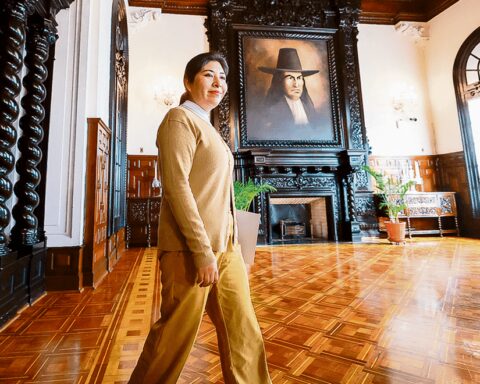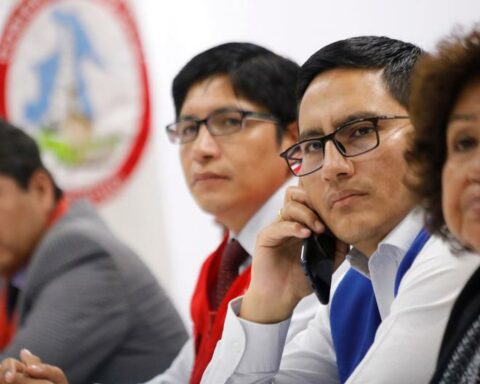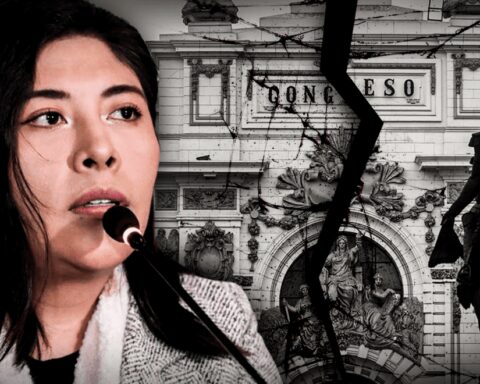The inequalities in access to science and technology that affect girls and adolescents became more tangible during the COVID-19 pandemic. COVID-19when the remote education model required them to have devices that they did not have.
According to the “Exploratory study on digital gender gaps in the adolescent population in Peru”, prepared by UNICEF and Hiper Derecho, 25.81% of female adolescents had to borrow a cell phone to access their virtual classes during the pandemic. Although the boys also had difficulties, the percentage of them that depended on a third-party technological device was only 15.57%.
In addition, 25.26% of adolescents indicated that they often have no or little Internet signal where they live. In some cases, this had a negative impact on their school performance during the pandemic, where they had to attend virtual classes.
Despite the data that shows a gap, according to the perspective of the adolescents themselves, the geographical area where they are determines access to internet connection more than their gender. In other words, they perceive that living in a rural area implies a greater material access barrier than the fact of being a woman.
“It is important to be able to promote an environment where the choice of professional career for girls is the most motivating and the most free. In the field of science and technology there are many barriers and obstacles”pointed out, in this regard, Ana de Mendoza, representative of UNICEF in Peru.
Another point in the study was that 46.43% of girls indicated that a female family member is the one who most encourages them to explore and search for information on the network. Likewise, 23.55% indicated that a male relative is the one who normally helps them use technological devices, compared to 21.44% who maintained that this was done by a female figure in the family.
In schools, the scenario is different, since it is the teachers who assume a more predominant role in motivation, compared to their male peers.
29.55% of adolescents who identified as female indicated that their female teachers encourage them to explore the Internet, while the percentage of male adolescents who indicated this was 26.69%. In the case of male teachers, 21.34% of women and 29.55% of men affirm that they are encouraged to explore the Internet.
On the other hand, Marushka Chobocar, Secretary of Government and Digital Transformation of the Presidency of the Council of Ministers (PCM), referred to digital security and the harassment suffered by girls and adolescents on the Internet. She mentioned that “there is a big gap that not only goes through access to the internet or computers for children and adolescents, but also through access to security in digital environments”.
According to statistics, 29.50% of female adolescents have reported receiving insulting, threatening or uncomfortable messages online, compared to 22.5% of males. Girls and boys report that the most aggressive inappropriate communication they received was from unknown men.
RECOMMENDED VIDEO
:quality(75)/cdn.jwplayer.com/v2/media/2Zp1fq4R/poster.jpg)








